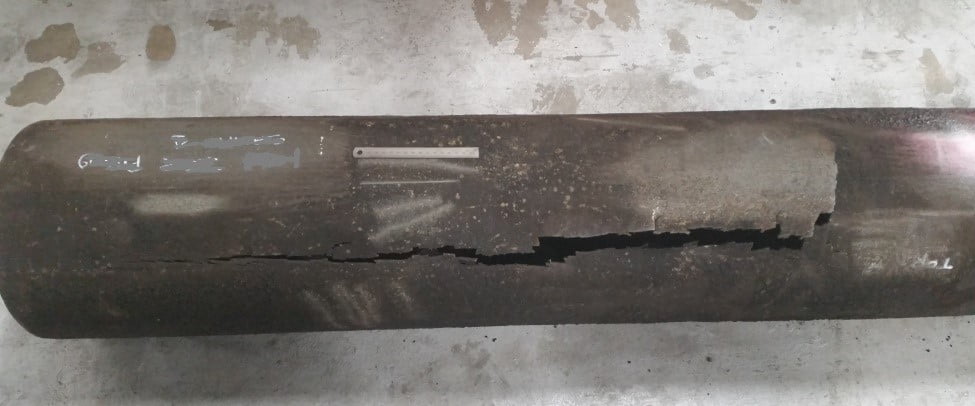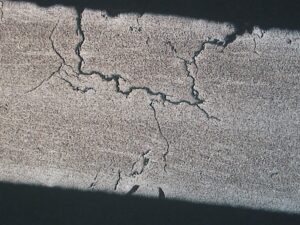#EpicFail: Chloride SCC
This month we continue our #epicfail series on failure mechanisms looking at the consequence of using austenitic stainless steels in chloride rich environments.
Austenitic stainless steels are used largely used for their excellent corrosion resistance. These materials contain 19% chromium which facilitates the formation of a chromium oxide passive layer which improves corrosion resistance. However, upon exposure to a chloride-containing environment, in the presence of a tensile stress, a phenomenon known as chloride stress corrosion cracking can occur which can lead to unexpected and sudden catastrophic failure of normally ductile components (Figure 1). Since 1985, there have been 5 incidences of stress corrosion cracking leading to the sudden catastrophic failure of suspended ceilings in swimming pools, which had led to a combined loss of 56 lives across Switzerland, the Netherlands and Russia.

Figure 1
A tensile stress must be present for stress corrosion cracking to occur. The stresses may be internal/residual or applied. Residual stresses can be introduced by way of deformation and associated cold work. In many cases, these residual stresses are of greater importance than actual operating applied stresses. When the factor of safety required in design is considered, operating stresses are generally low enough to be of comparatively little importance, except where they add to the internal stresses.
The initiation of chloride stress corrosion cracking has been shown to involve a competition between localised corrosion (which is strongly dependent on chloride concentration but has a weak dependence on temperature), and crack growth (which has a strong dependence on temperature but is relatively unaffected by chloride concentration and pH). Susceptibility to CLSCC should be assessed from the highest temperature reached during any part of duty or maintenance operations, irrespective of the duration of the high-temperature excursion. In laboratory tests, CLSCC has been observed in samples exposed to temperatures as low as 25ᵒC. Cracking is characteristically transgranular, branched and observed as a network of multiple cracks (Figure 2).


Figure 2
To find out how R-TECH Materials can help you with a materials issue please feel free to contact us.